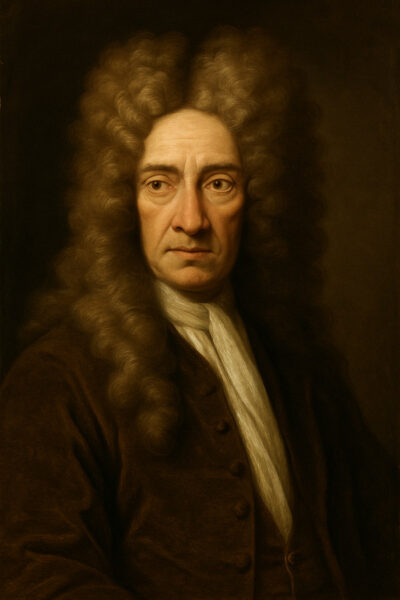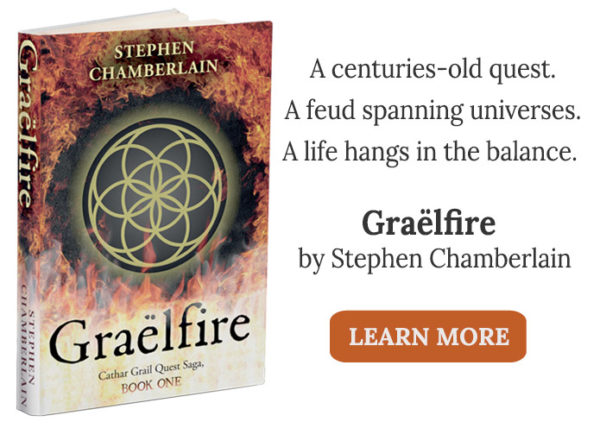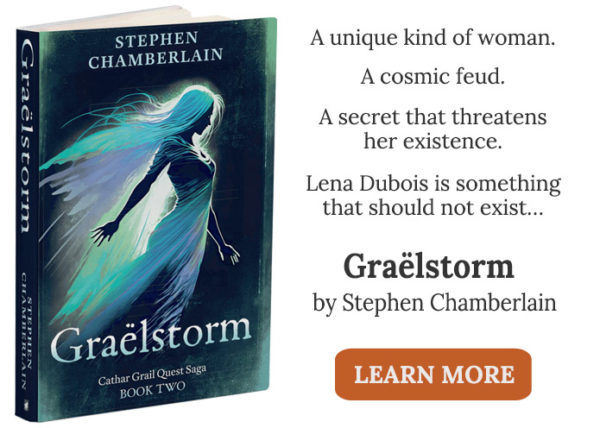“Novels aren’t about heroes; they’re about us.” – Thomas C. Foster
Have you ever stayed up late because you couldn’t stop reading a book? The kind with characters you connect with—full of drama, emotion, and unexpected turns? Stories like that haven’t always been around. They started with something new: the novel. And the name says it all.
Once Upon a Time
A novel is an extended fictional story written in everyday prose. It usually focuses on characters, action, emotions, and personal growth. But before the 1700s, there were no novels like we know today. Most English literature came as poems, religious texts, or plays. These stories were often based on myths, religion, or history, and they featured heroes, spiritual journeys, or moral lessons—not regular people.
Take Le Morte d’Arthur by Sir Thomas Malory. Written in 1485, it’s all about King Arthur and his knights going on magical quests. It’s full of ideals like honour, chivalry, and bravery, but it doesn’t touch the lives of the masses.
A century later, William Shakespeare came along with plays brimming with sharp dialogue, robust characters, and powerful emotions—love, jealousy, ambition. But again, they were about kings and nobles, not everyday folks. And since the majority couldn’t read, these stories were meant for live performance, not private reading.
Then there was The Pilgrim’s Progress by John Bunyan, written in 1678. It tells the story of a man named Christian on a journey from the City of Destruction to the Celestial City, facing temptations along the way. It’s a powerful tale of struggle, doubt, and redemption, but it’s more about teaching spiritual lessons than reflecting daily struggles in life.
Characters in all these works weren’t people you’d bump into on the street. These stories were designed to impress, educate, or entertain through spectacle. What was missing were tales about ordinary people and their day-to-day experiences.
Enter the Novel
Some say the novel began with Don Quixote by Cervantes in 1605, though it parodies medieval chivalric tales and draws on earlier narrative styles. The big shift came in the early 1700s, when writers began telling stories about commonfolk in realistic situations. These stories didn’t just describe characters’ deeds—they explored what they were thinking and feeling. They felt new; they felt personal. And readers loved them.
One of the first was Robinson Crusoe by Daniel Defoe in 1719. It features a shipwrecked man stranded on an island, trying to survive. It wasn’t just an adventure—it was about his thoughts and fears. Defoe later wrote Moll Flanders, about a street-smart woman trying to make her way through life, love, and crime in London. Neither character was a perfect hero, but they were human and relatable at the time.
Then came Gulliver’s Travels by Jonathan Swift in 1726. It looked like a fantasy, with tiny people and flying islands, but it was a satire about politics, society, and human behaviour.
In 1740, Samuel Richardson published Pamela, told through letters from a servant girl dealing with unwanted attention from her boss. It was emotional and full of drama. Richardson later wrote Clarissa, a much darker story about a young woman standing up to cruelty and control. These weren’t quick reads, but they were moving and deeply personal.
Not everyone liked the sentimental tone of Richardson’s books. Henry Fielding answered with Tom Jones in 1749, a wild, funny story about a lovable rogue getting into romantic trouble. It was fast-paced and playful—like an old-school rom-com road trip.
By the early 1800s, novels were here to stay, and writers such as Jane Austen helped their popularity flourish. Her books, like Pride and Prejudice and Emma, mixed romance with incisive observations about society. Her characters felt authentic and dealt with everyday problems like pride, insecurity, love, and social expectations—timeless themes we still connect with.
Sir Walter Scott took novels in a different direction. His works, such as Waverley and Ivanhoe, brought history to life by blending actual events with imagined characters and plots. He helped make historical fiction a lasting genre.
Real People, Real Feelings
So why did novels become so popular? For one thing, more people could read. Books also became cheaper and more accessible thanks to the printing press and lending libraries. Readers wanted stories that made them feel something—about people like them making tough choices and dealing with real emotions.
That emotional connection was key. For the first time, books gave us characters who felt like actual people. You could relate to their problems, imagine their lives, and get completely wrapped up in their stories—just like we do with today’s books, shows, or movies.
Sure, the language in these old novels may be a tough read these days, but they broke new ground. And their themes—love, identity, freedom, survival—still matter.
Lasting Impact
The novel changed storytelling forever. Literary critic Ian Watt said these early novels stood out because of their realism. They focused on believable characters, emotional depth, and true-to-life stories. Writers like Charles Dickens, the Brontë sisters, Thomas Hardy, and George Eliot built on this, creating dramatic novels that are still read, studied, and reinterpreted.
Centuries later, the influence of those first novels echoes. Robinson Crusoe inspired survival tales like The Martian or Lost in Space. Moll Flanders paved the way for stories about bold, independent women—like Jane Eyre or Where the Crawdads Sing. Pamela and Clarissa opened the door for emotional, character-driven stories like Bridget Jones’s Diary. Meanwhile, Gulliver’s Travels lives on through clever fantasy and satire—think Animal Farm or modern dystopias. Even roguish adventures of Tom Jones show up in road trip stories like Thelma & Louise.
We still read to escape, to feel, and make sense of our lives—and it all began when writers dared to write about ordinary people in a new and relatable way.



